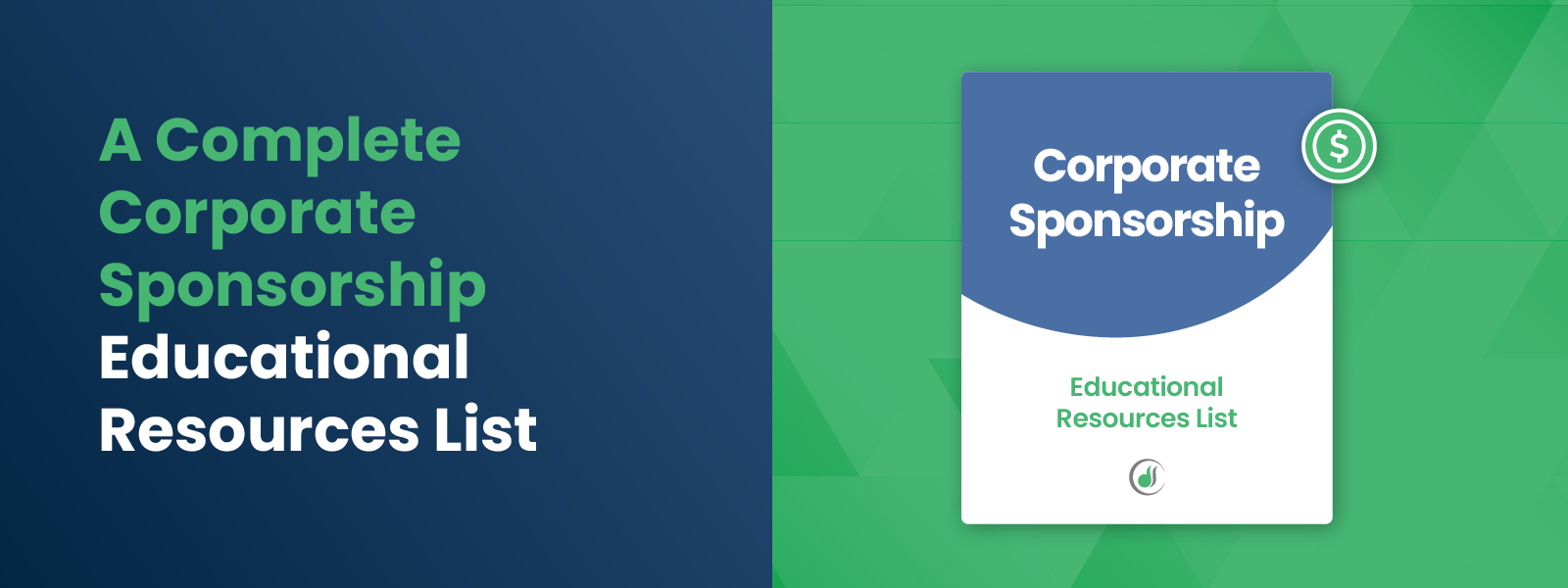
A Complete Corporate Sponsorship Educational Resources List
Diversified revenue is the holy grail of nonprofit financial…
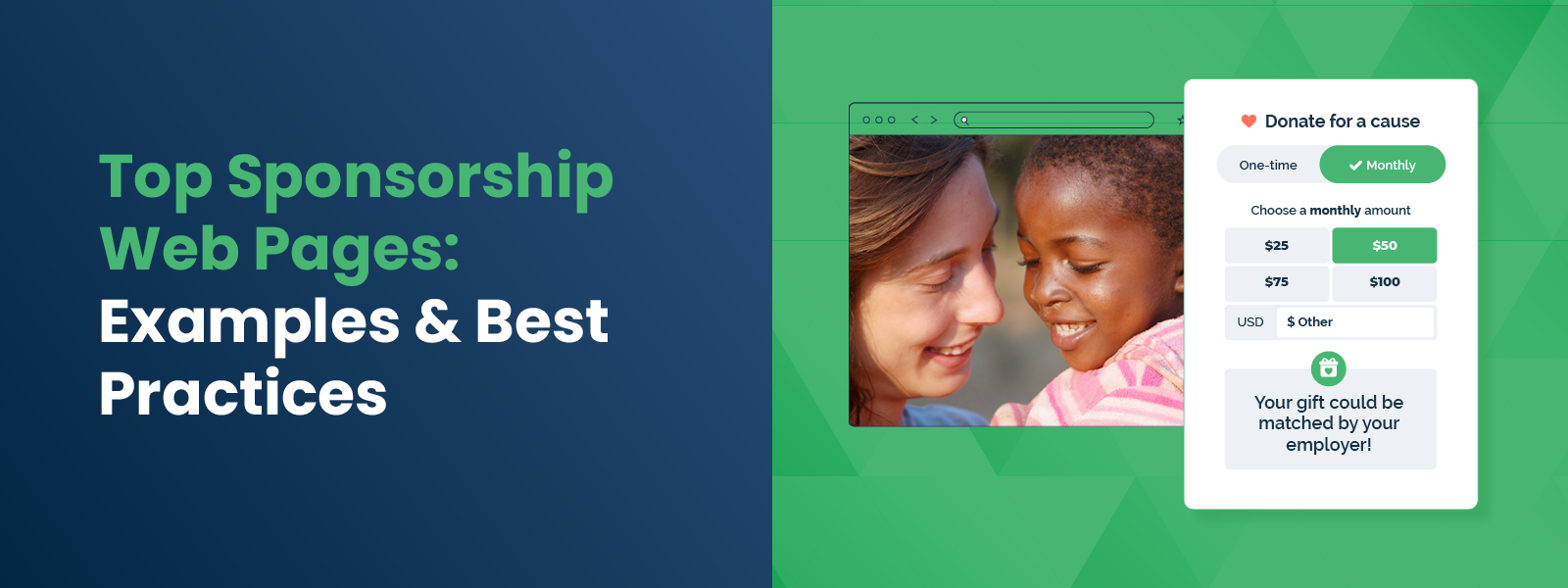
Top Sponsorship Web Pages: Examples & Best Practices
In the nonprofit sector, individual donors are the heartbeat…
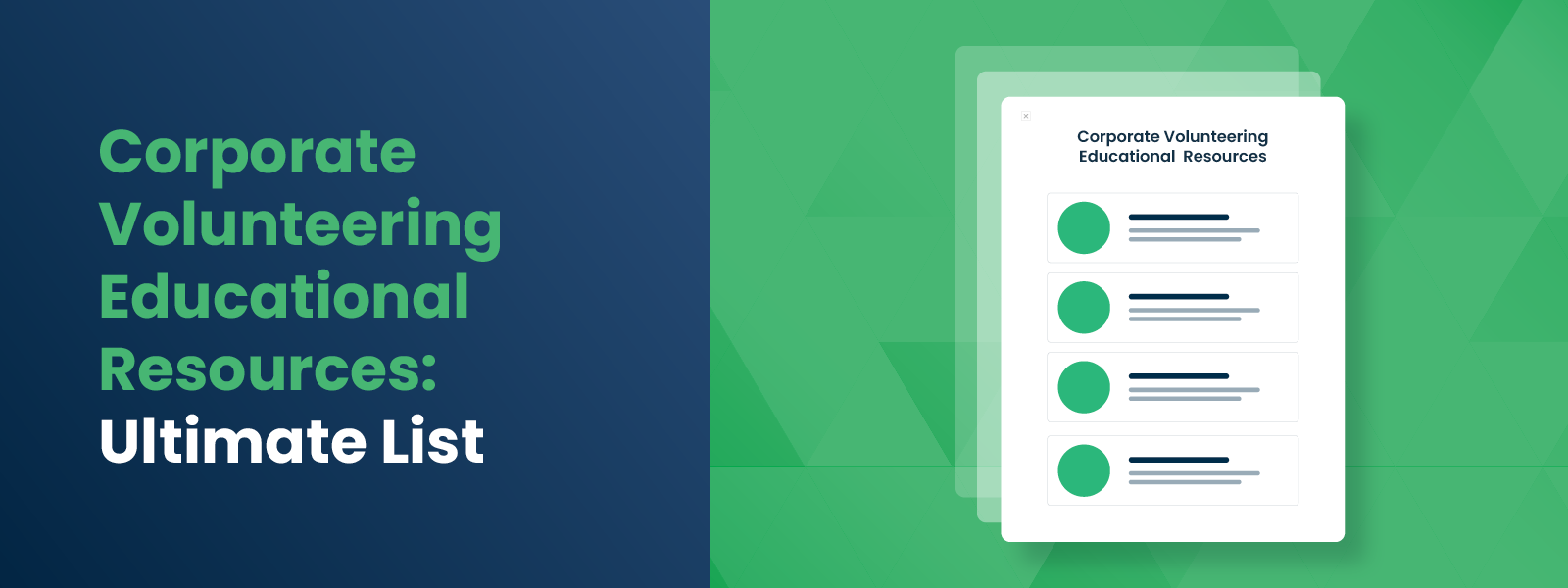
Corporate Volunteering Educational Resources: Ultimate List
Volunteers are the lifeblood of the nonprofit sector. They power…
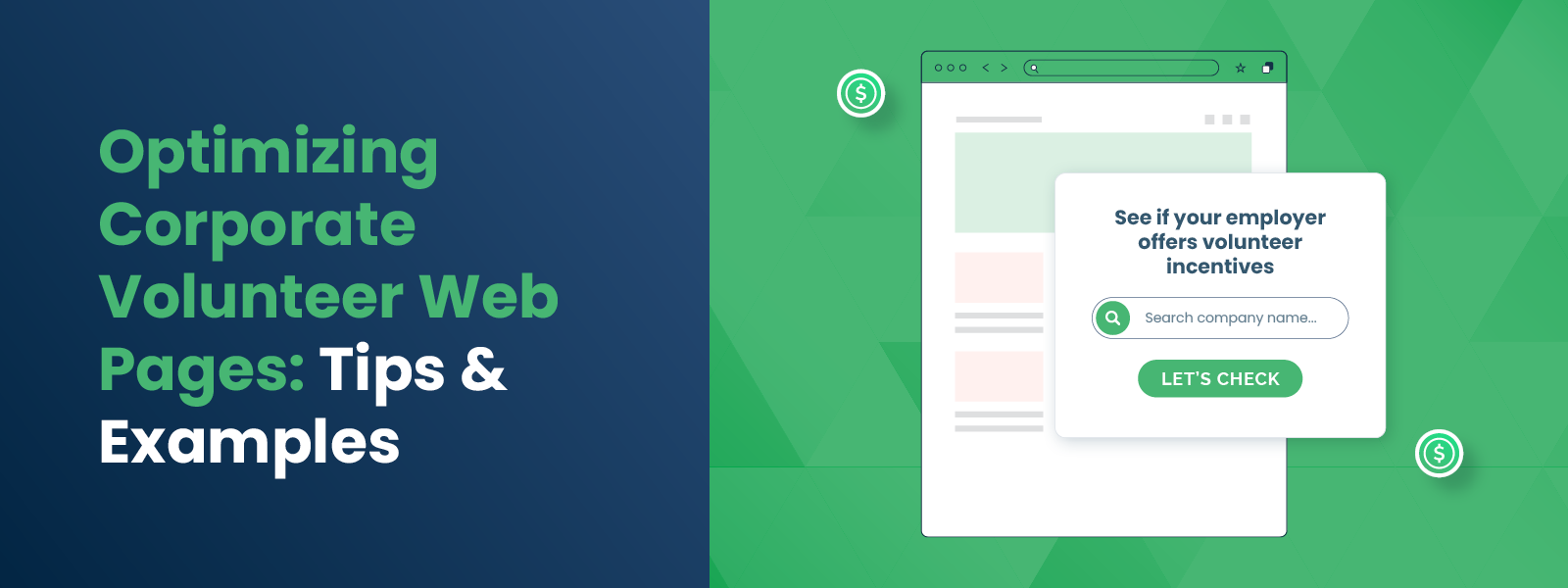
Optimizing Corporate Volunteer Web Pages: Tips & Examples
Your nonprofit’s website is more than just a digital brochure;…
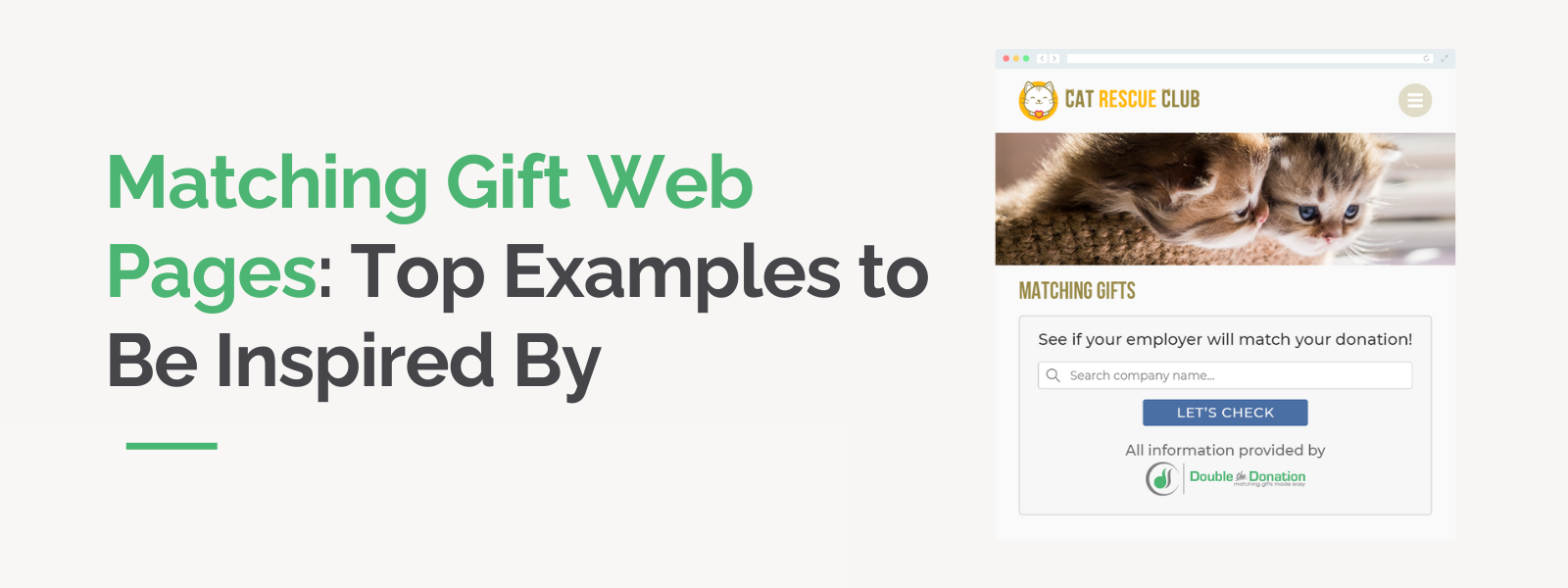
Matching Gift Web Pages: 8 Top Examples to Be Inspired By
When it comes to marketing matching gifts, your nonprofit's website…

The 20 Best Nonprofit Podcasts to Fuel Your Growth
Podcasts have rapidly become one of the most popular forms of…
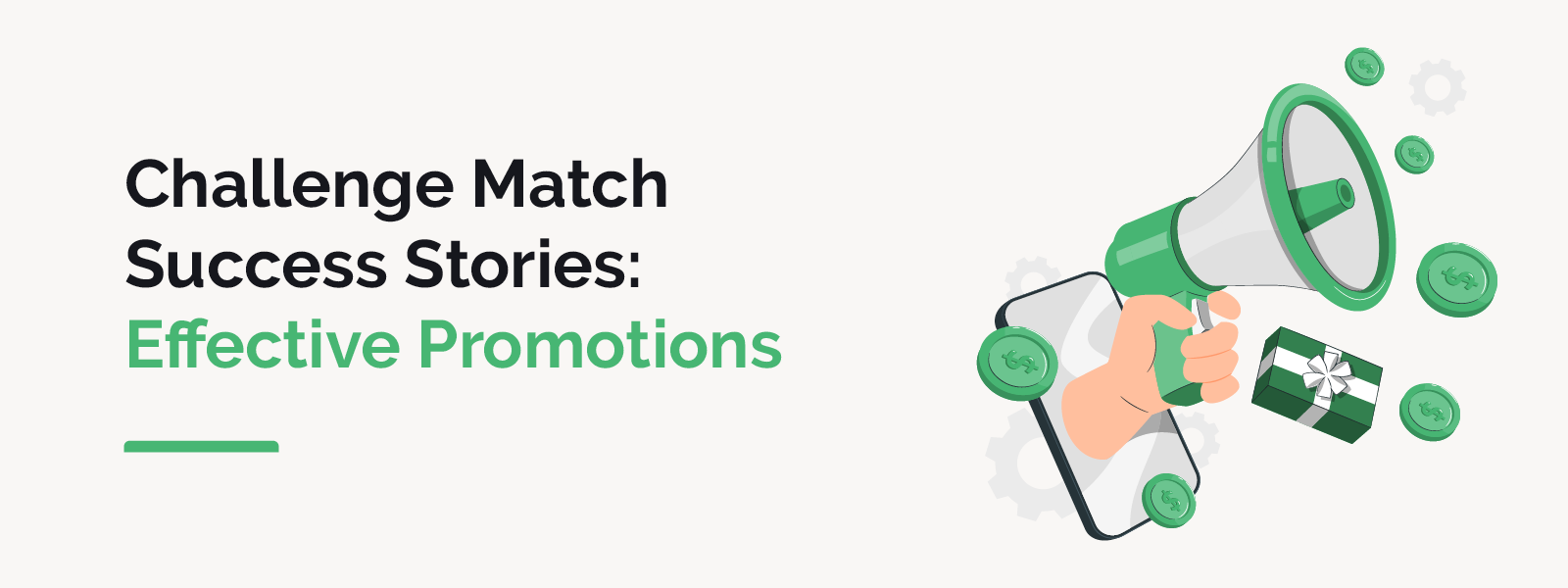
7 Challenge Match Success Stories: Effective Promotions
Challenge match campaigns are a powerful fundraising tool for…

How Climate Action Groups Can Secure In-Kind Donations
Climate action groups play a vital role in addressing environmental…
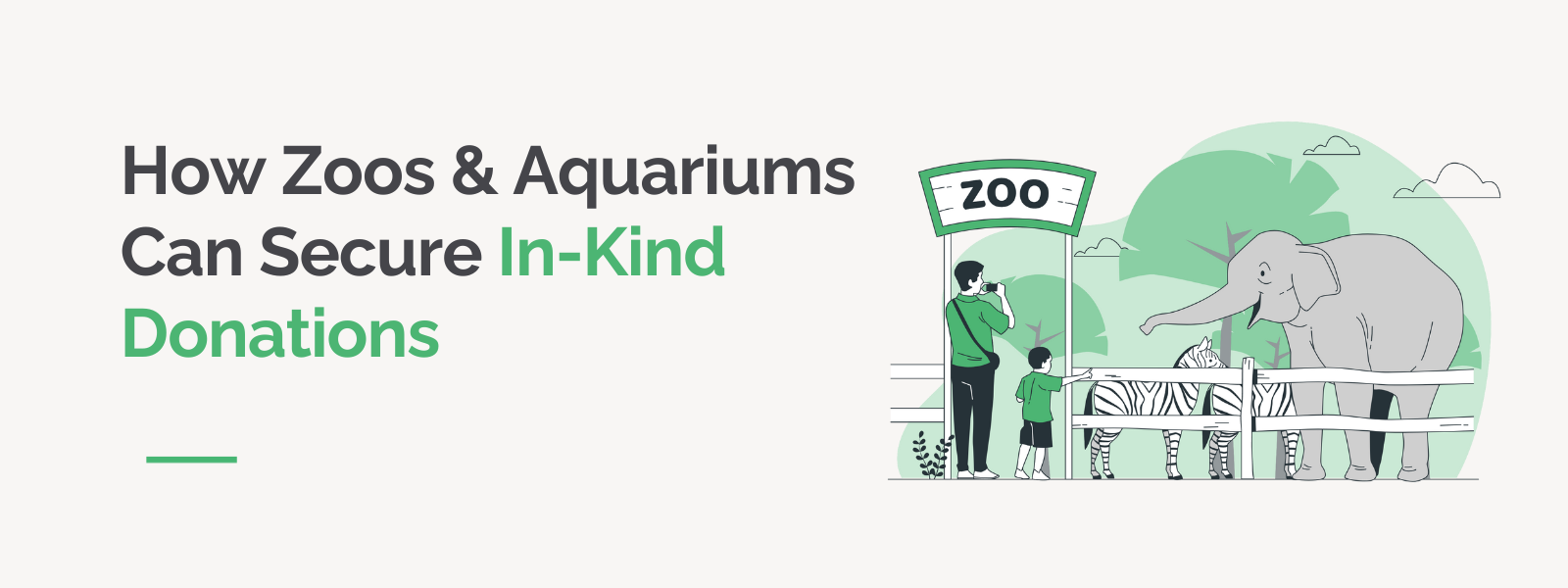
How Zoos & Aquariums Can Secure In-Kind Donations
Zoos and aquariums play a vital role in wildlife conservation,…

How Wildlife Rescues Can Secure In-Kind Donations
Wildlife rescues play a vital role in protecting and rehabilitating…

